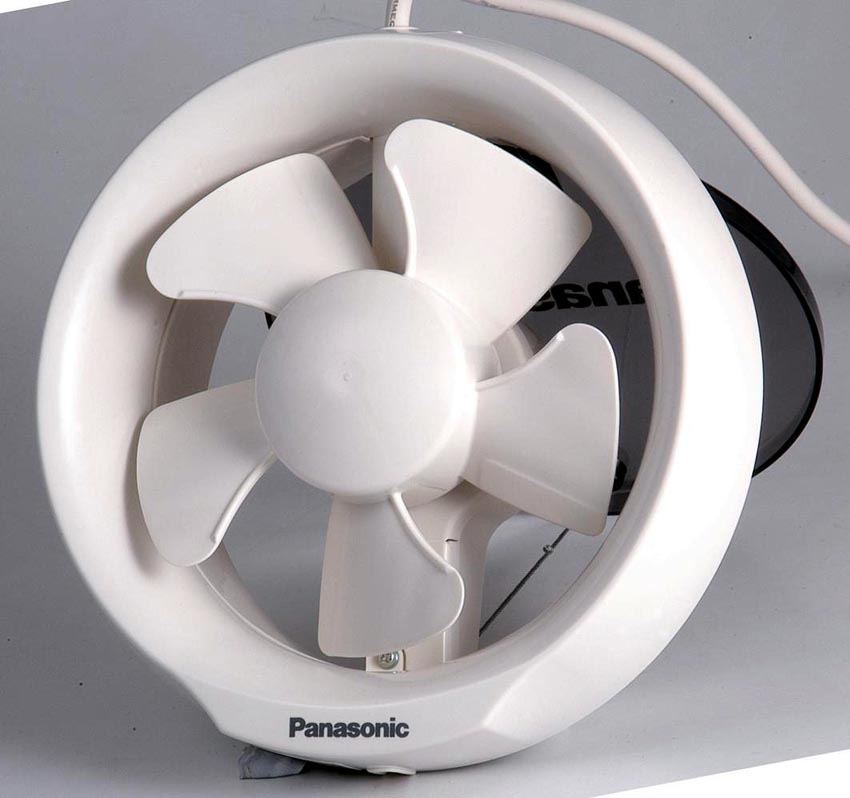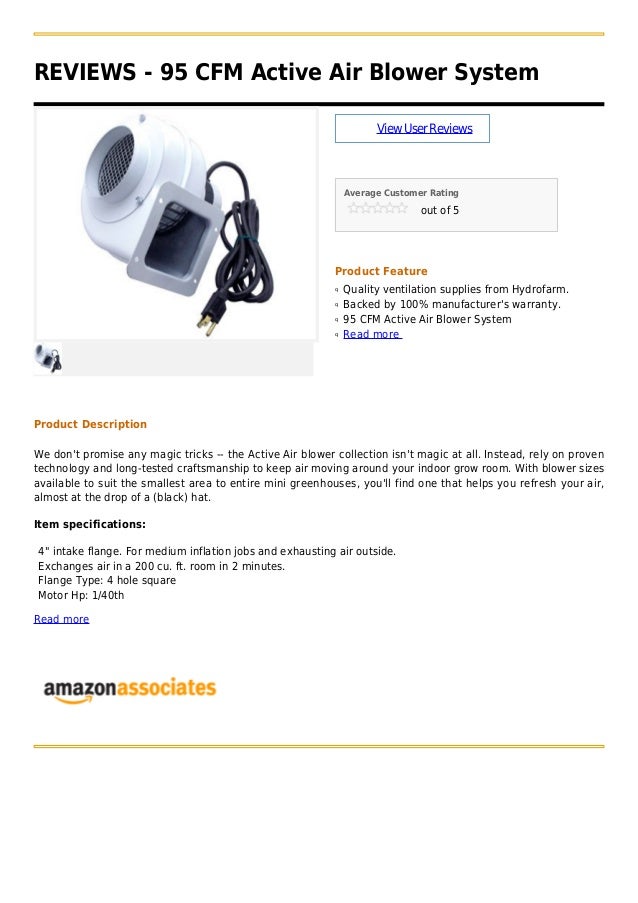

I would recommend that you specify this standard when dealing with HVAC contractors. In my opinion, the TVC room count method (CAN/CSA F326) is the most appropriate ventilation standard for your homes. It can sometimes be corrected by better duct design or better duct installation (larger duct sizes, fewer elbows and restrictions etc.), or it may require a larger HRV or supplemental fans to meet the minimum TVC. What I really wanted to know is: What is the industry standard? Worst-case scenario? You would have to follow manufacturers’ recommendations, and the FNBO would have to review each installation individually.īill: Yes, you are right: If the measured ventilation rate is lower than the TVC, then this SHOULD BE CORRECTED.
#MANUFACTURERS RECOMMENDED CFM AIRFLOW HOW TO#
As a First Nations Building Officer (FNBO), it is important to know how to size HRVs. In that scenario, we need to know the square footage of the house, and heights of ceilings.įNNBOA: Thanks for responding. Other suppliers use house-volume size and have a formula to size the HRV. The HRV would be oversized, and the supply/exhaust would be brought down to fall within that range, thus the existing HRV is fine. However, contractors using the NBC would use bedroom counts and rate the fans as between 44 and 64 CFM, in accordance with 2005 NBC Table 9.32.3.3. My understanding of TVC is that the fan would have to oversized and then the supply/exhaust brought down to fall within 10 per cent of TVC. In your example, the HRV would be undersized, 80 CFM, and the unit would have to be replaced with a higher-rated fan so as to fall within 10 per cent of TVC. The house may be either pressurized OR depressurized beyond safe limits The HRV core(s) may freeze in cold weather (especially if the supply airflow is too high compared to the exhaust airflow). If they are not balanced, the following problems could arise: Ideally, you should look for reasons why the airflow is below 100 CFM and correct this, but regardless, the airflows NEED to be balanced to within 10 per cent. So, in this case, the exhaust airflow should be reduced to 88 CFM. If, say, the exhaust airflow is 100 CFM, but the supply (fresh air) is only 80 CFM, then the exhaust airflow should be reduced to within 10 per cent of the LOWEST airflow. BUT - it is very important that the airflows be balanced within 10 per cent. So, when balancing the HRV, measure 100 cfm (90 CFMmin.) on both the supply and exhaust side of the HRV. All other rooms are allocated 10 CFM).įor example, a three-bedroom house with an undeveloped basement the TVC would be:Īny additional rooms would be an extra 10 CFM.

The TVC is calculated based on the number of rooms in the house (rooms such as the master bedroom and basement are allocated 20 CFM each.

If the HRV is intended to meet the TVC requirements, high- speed airflows should be at least 90 per cent of this TVC number. Over several weeks, we had the following conversation via e-mail.įNNBOA : What is the proper use of TVC calculations in balancing HRVs?īILL: The TVC (Total Ventilation Capacity) is the high-flow rate, or high-speed capacity, of the ventilation system. Seeking an expert opinion, I contacted Bill Crist, who has provided training in ventilation systems for HRAI. If that's the case, why do the TVC calculation? My thought was that you needed to set the exhaust at TVC and then balance the supply to exhaust rates. Several gave instructions to take readings from both sides, intake and exhaust, and balance to the lower reading. Some Canadian manufacturers include calculating TVC. When I recently Googled start-up procedures for HRVs, downloaded and read several manufacturers’ recommendations, I ended up more confused than when I started. Chatting with Bill Crist - HRVs and ventilation


 0 kommentar(er)
0 kommentar(er)
